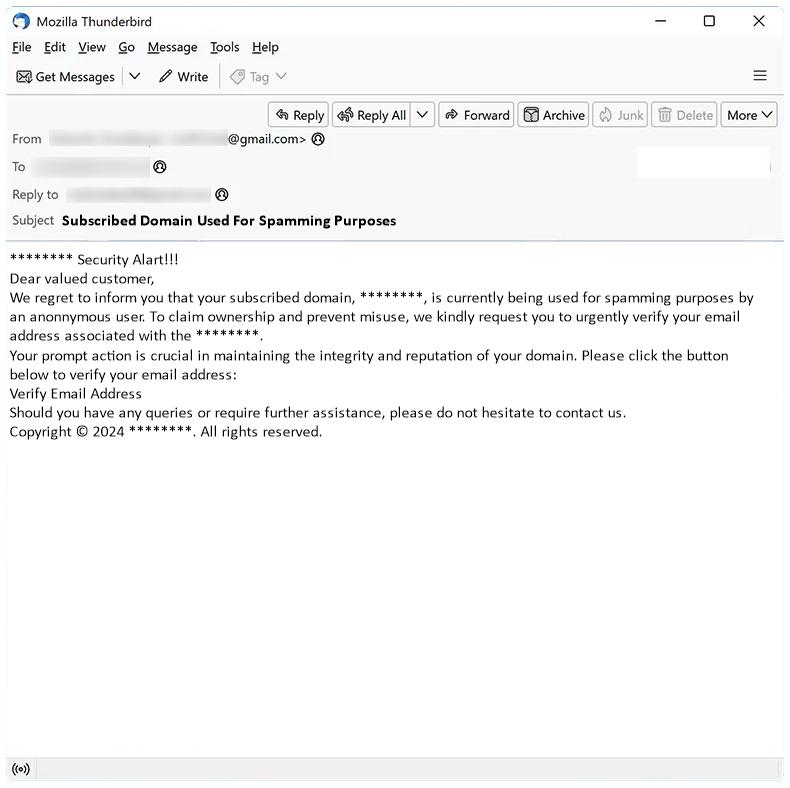Subscribed domains used for spamming purposes are typically legitimate domains that have been compromised by spammers to send out large volumes of unsolicited emails. These emails often contain malicious links or attachments that can infect computers with malware when clicked on.
Spam campaigns that use subscribed domains can infect computers in several ways, including:
1. Phishing attacks: Spammers may send emails pretending to be from a trusted source, such as a bank or online retailer, in order to trick users into providing personal information or login credentials.
2. Malware distribution: Emails may contain malicious attachments or links that, when clicked on, download malware onto the user’s computer.
3. Scam schemes: Spammers may attempt to deceive users into making fraudulent purchases or providing payment information for fake products or services.
Interacting with emails from subscribed domains used for spamming purposes can pose several risks, including:
1. Malware infection: Clicking on links or downloading attachments from these emails can result in malware being installed on your computer, which can compromise your personal information and data.
2. Phishing attacks: Providing personal information or login credentials in response to these emails can lead to identity theft or unauthorized access to your accounts.
3. Financial loss: Scam schemes in these emails may result in users being tricked into making fraudulent purchases or providing payment information to scammers.
It is important to be cautious when receiving emails from unknown or suspicious sources, and to avoid interacting with emails that come from subscribed domains used for spamming purposes. Be sure to keep your anti-virus software up to date and to report any suspicious emails to your email provider.

